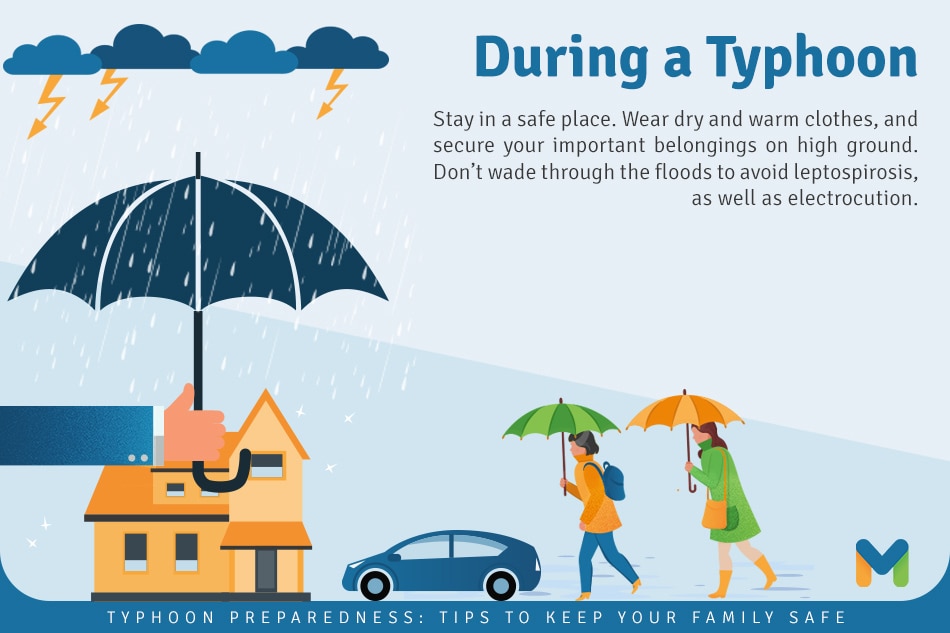
Introduction: Bracing for the Storm – Why Typhoon Preparedness is Crucial in Hong Kong
Typhoons hit Hong Kong every year, and they can cause serious damage to homes. Strong winds, heavy rain, and flooding can break windows, ruin belongings, and even make homes unsafe. Getting ready before a typhoon comes is the best way to keep your family and property safe. Taking action now helps lower the risks and protects what matters most.
Fortifying Your First Line of Defense: Window and Balcony Security
Windows and balconies face the worst of a typhoon’s power, so secure them first. Check around your windows for gaps or cracks where water can sneak in. Use sealant or weather stripping to close these gaps and stop leaks. For extra protection, try the “X” taping method on windows. This means putting strong tape in an “X” shape across the glass. It helps reduce the chance of glass shattering into dangerous pieces if it breaks. If taping isn’t enough, think about using storm shutters or plywood boards for bigger storms.
For balconies, remove anything that can fly away in strong winds, like plants, chairs, or decorations. These items can turn into dangerous objects that hurt people or damage property. Also, make sure your balcony drains are clear. Blocked drains can cause flooding, so clean out leaves or dirt before the storm hits.
Powering Down and Securing Interiors: Electrical and Internal Safety
During a typhoon, power surges can damage your electronics. Unplug all non-essential appliances, like TVs, computers, and fans, to keep them safe. Only keep things like a fridge plugged in if you need it. This simple step protects your items from sudden electrical spikes.
Inside your home, close all interior doors. This helps limit damage if water or wind gets in. Closed doors can slow down the spread of water or even fire if something goes wrong. It’s an easy way to keep problems in one area instead of the whole house.
Stocking Up for Self-Sufficiency: Essential Supplies for Extended Outages
Typhoons can cut off power and water for days, so stock up on supplies to last at least 2-3 days. Choose non-perishable food that doesn’t need cooking or a fridge. In Hong Kong’s hot and humid weather, go for canned goods like tuna or beans, dried noodles, or snacks like nuts and crackers. Store enough drinking water for everyone in your home—about 3 liters per person per day. Don’t forget personal items like medicines, first aid kits, flashlights, batteries, and a portable radio to stay updated. Keep these supplies in a safe, easy-to-reach spot.
The Safety Net of Home Insurance: Protecting Your Property and Liabilities
Home insurance in Hong Kong often covers damage from typhoons, like broken windows or flooded rooms. But you need to read your policy to know exactly what’s included. Some plans have extra costs, called deductibles, for things like floods or landslides, so check those details.
Insurance also helps with third-party legal liability. This means if something from your home hurts someone else during a typhoon, your insurance might cover it. For example, if a window falls and injures a person below, your policy could pay for their medical bills or legal claims. Knowing what your insurance covers gives you peace of mind.
Beyond the Basics: Additional Considerations and Resources
There are other important steps to take during typhoon season. Check announcements from your building management for updates or rules about preparing for storms. Make a communication plan with your family so everyone knows what to do and how to stay in touch if you’re apart.
Some home insurance plans offer emergency help, like fixing electrical issues, plumbing leaks, or even locksmith services after a typhoon. These can be a big help when things go wrong. Lastly, look at your insurance policy for exclusions or limits—some damages might not be covered, and it’s better to know this ahead of time. Stay prepared and stay safe!












